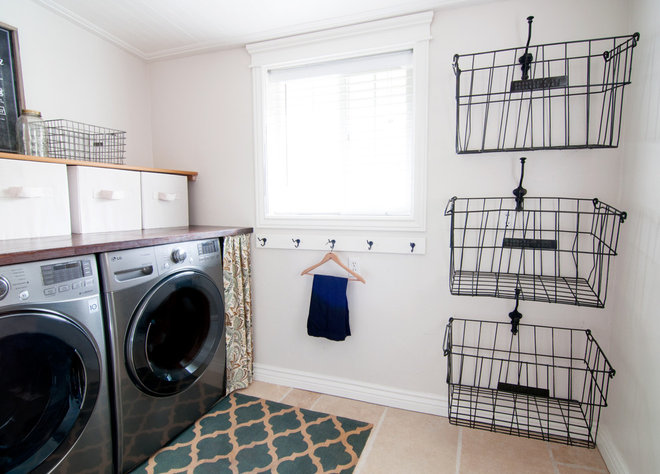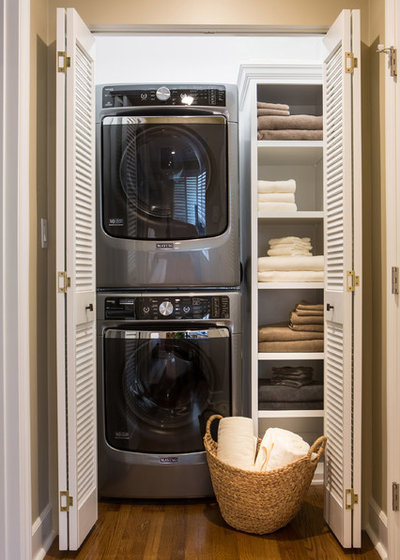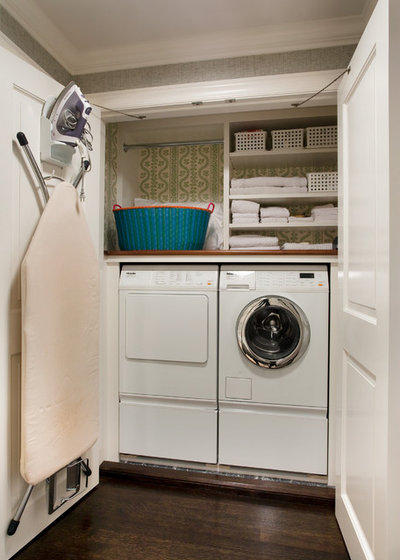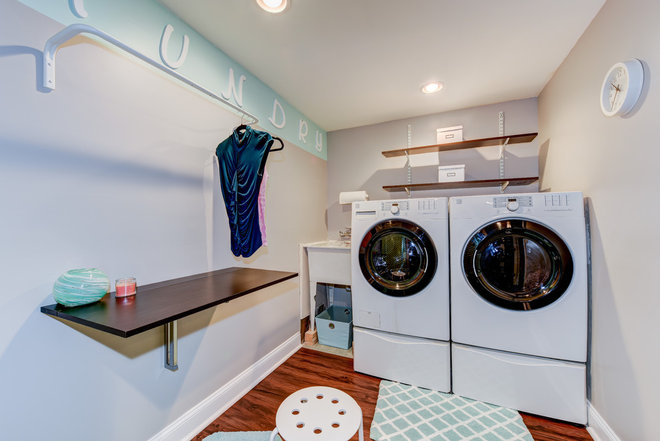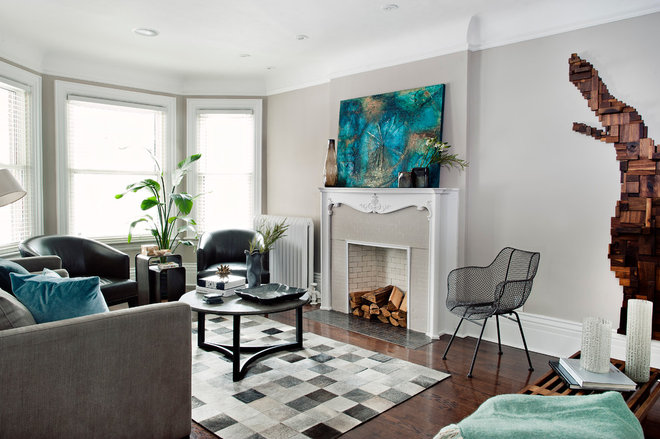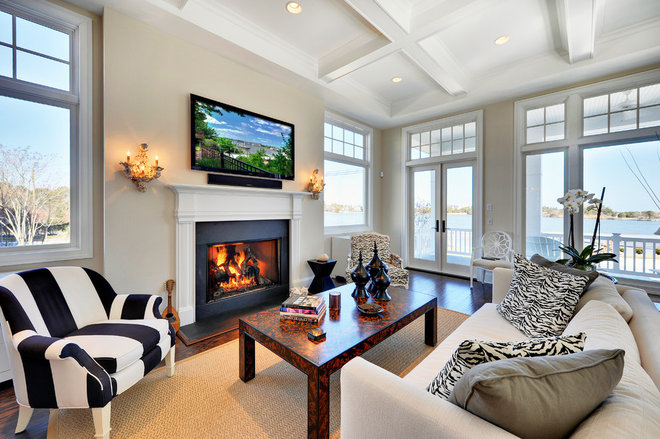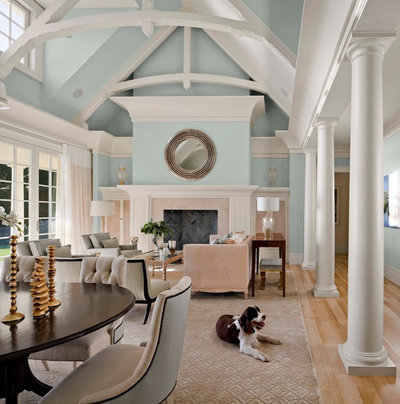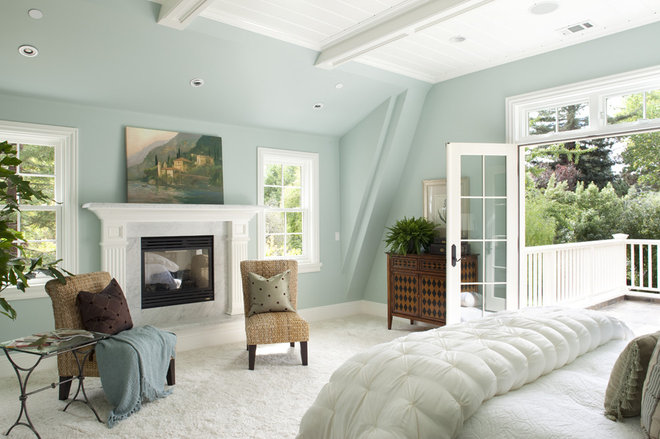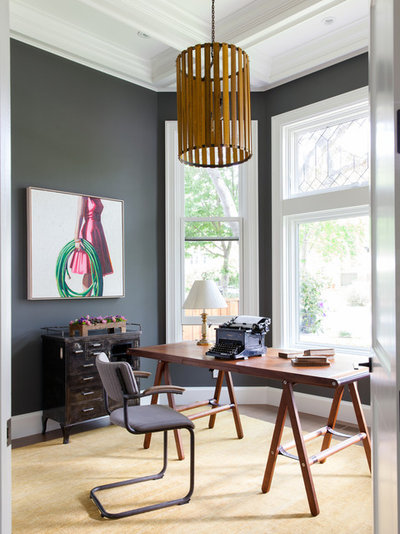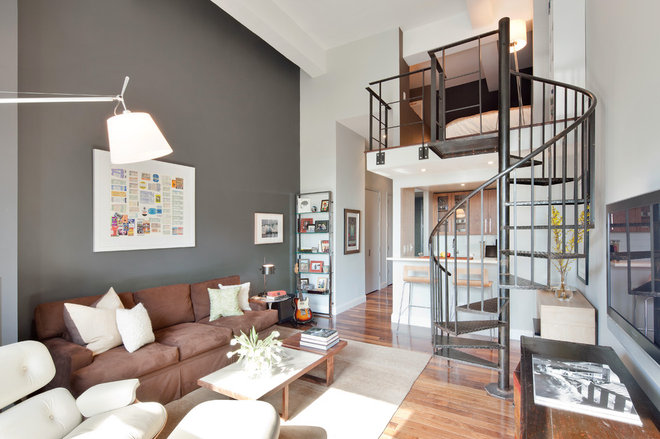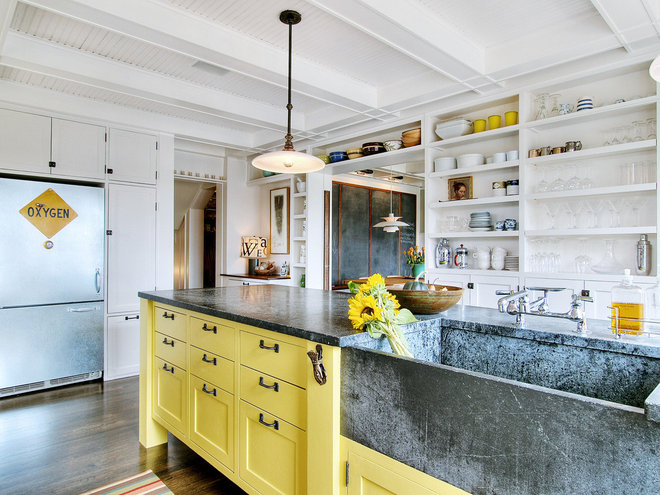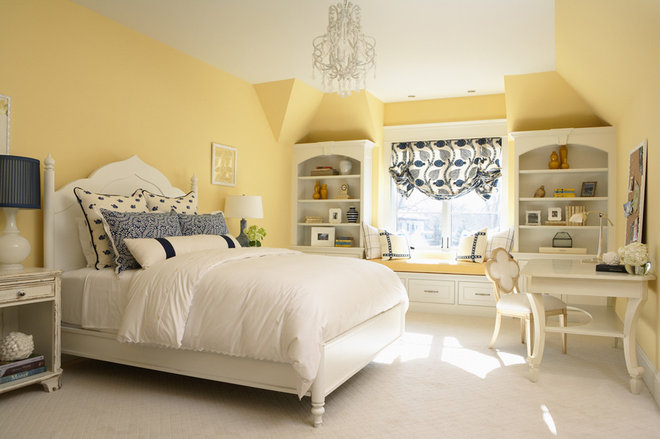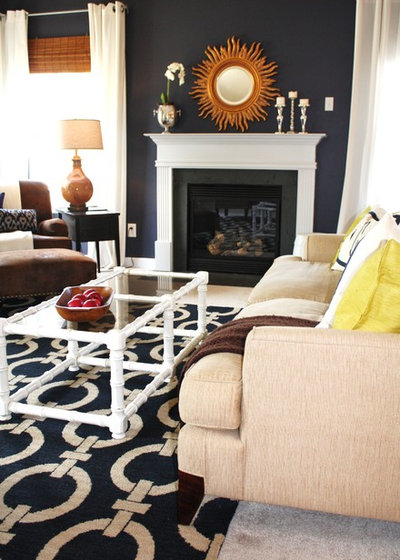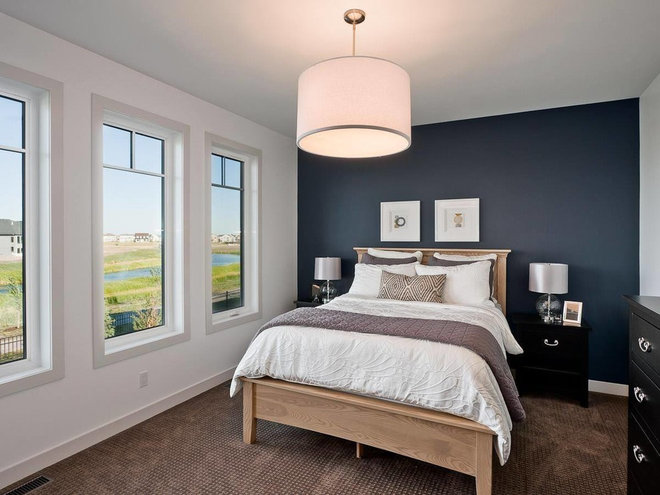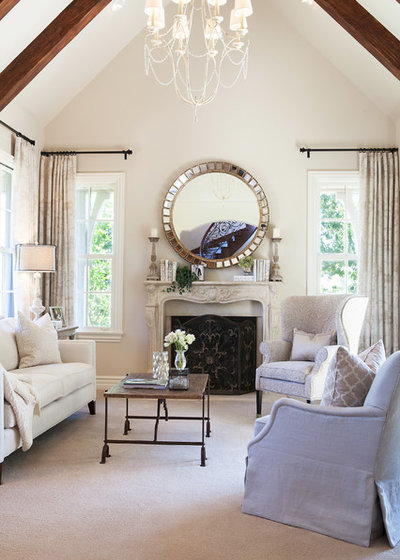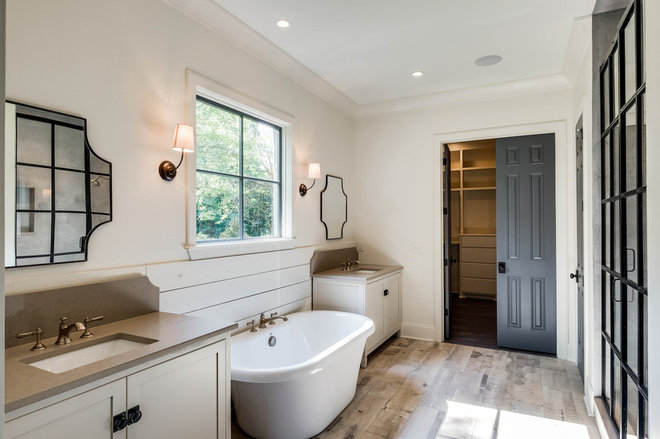
In Toronto’s sizzling housing market, shelling out for a home is one of the scariest life choices people can make. After you’ve saved up enough for a down payment, been pre-approved for a mortgage and endlessly scoured the housing listings in your preferred neighbourhood, you might just get lucky and eek out some feisty couple in a bidding war to score your dream home. Then, of course, you’re saddled with debt, and financially on the hook for everything from a leaky faucet to a faulty furnace.
When every penny matters, it’s important to take full advantage of all possible tax breaks. TurboTax can help you identify savings, whether through a government reduction (like if you’re a first-time buyer) or rental property deduction (landlords can claim a ton of expenses). It even has a totally free service that’s ideal for Torontonians who prefer to do their taxes on their own, but could still use some helpful advice. Here’s a handful of tips on making the most of the biggest purchase of your life.
1. If you’re a first-time buyer, you’re most likely eligible for the First-Time Homebuyer Credit, a non-refundable credit that rewards people for jumping into the market by reducing the overall amount of taxes owed. The total claim amount is up to $750, and is calculated based on a percentage of $5,000. Basically all purchased homes qualify, including any semi-detached house, single-family home, condo, apartment or even mobile home. Even if you buy a property with a few friends, a spouse or family members, you can share the claim with co-owners—but it can’t exceed $5,000.
2. Aside from a few exceptions, new or extensively renovated homes are subject to 13 per cent HST in Toronto. But, thankfully, anyone who buys a new house for under $450,000 (or, more realistically in Toronto, a condo) can claim the HST new housing rebate. The rebate is available if you bought a new home from a builder or did extensive renovations on your primary residence, and is designed to offset any HST you may have to pay (for things like real estate commission or builder fees, for instance). The maximum rebate in Ontario is $24,000, and there are also a few other deductions available for homes built by the owner.
3. Good news for serious retirement savers. To help with the huge financial cost of buying or building your first home, the Home Buyers’ Plan lets you withdraw up to $25,000 from your RRSP. Simply fill out this form to take out the funds.
4. Those who have to make their home safe and comfortable for seniors or disabled people might be eligible for the home-accessibility tax credit that was introduced federally in 2016. This credit is designed to cover renovation expenses for things like wheelchair ramps, handrails and walk-in tubs. If you’re supporting someone who falls into the senior or disabled category (like a grandmother, for instance), you can claim up to $10,000 in expenses.
5. For those who work from home, buying a house can be significantly easier (as if zero commuting time and working in your PJs wasn’t enough of a draw). There are a number of expenses freelancers or contractors can claim, including heating and electricity bills, home insurance and cleaning materials. Similarly, landlords get a ton of tax breaks. Even if you rent out a portion of your house (like a basement unit), you can claim expenses like advertising for a tenant, insurance and interest on money you borrow to improve the property.
www.teambluesky.ca
